Choosing the right footwear is crucial for both performance and comfort, especially if you’re an athlete or fitness enthusiast. In the USA, running shoes and training shoes are two popular categories that serve different purposes and meet specific needs. This comprehensive guide will compare running shoes and training shoes, detailing their unique characteristics, features, and which one is right for you.
Understanding the Basics
Before diving deep into the comparisons, let’s start with a fundamental understanding of both types of footwear.
What Are Running Shoes?
Running shoes are specifically designed for the act of running. They prioritize cushioning, support, and shock absorption, which are essential for protecting your feet and joints during repetitive motion.
Key Features of Running Shoes
- Cushioning: Provides comfort and absorbs impact.
- Flexibility: Supports the natural motion of the foot.
- Breathability: Made from breathable materials to keep your feet cool.
- Heel-Toe Drop: Typically has a higher drop to promote forward motion.
What Are Training Shoes?
Training shoes, on the other hand, are designed for multi-purpose workouts, such as gym sessions, cross-training, or sports activities. They focus on stability and support in multiple directions rather than just forward motion.
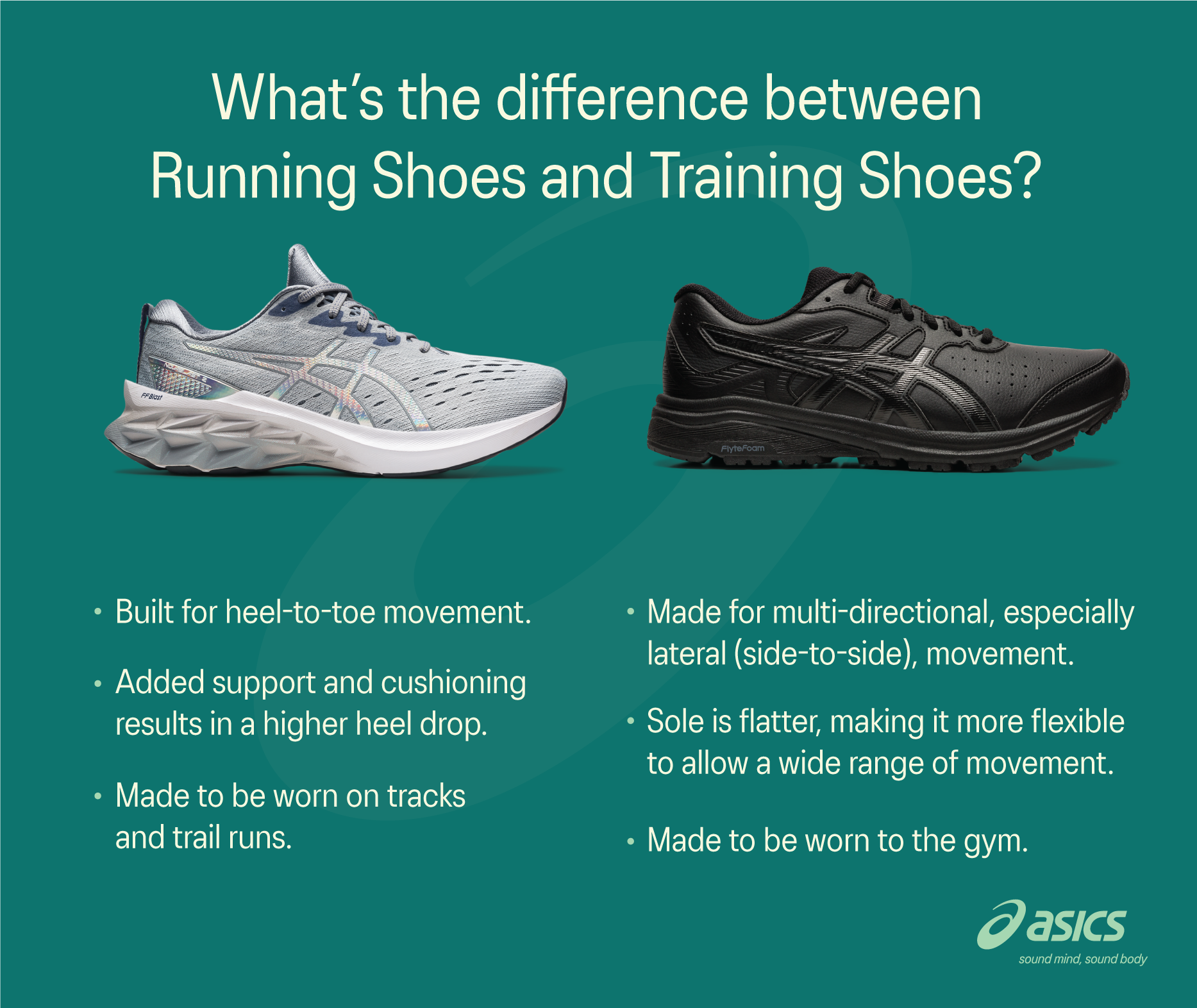
Key Features of Training Shoes
- Stability: Offers support for lateral movements.
- Durability: Made to withstand wear and tear from various activities.
- Versatility: Suitable for different types of workouts and terrains.
- Flat Sole: Generally has a flatter sole for better balance.
Comparison of Running Shoes vs Training Shoes
To provide you with an in-depth understanding, we’ll create a comparison table highlighting the differences between running shoes and training shoes.
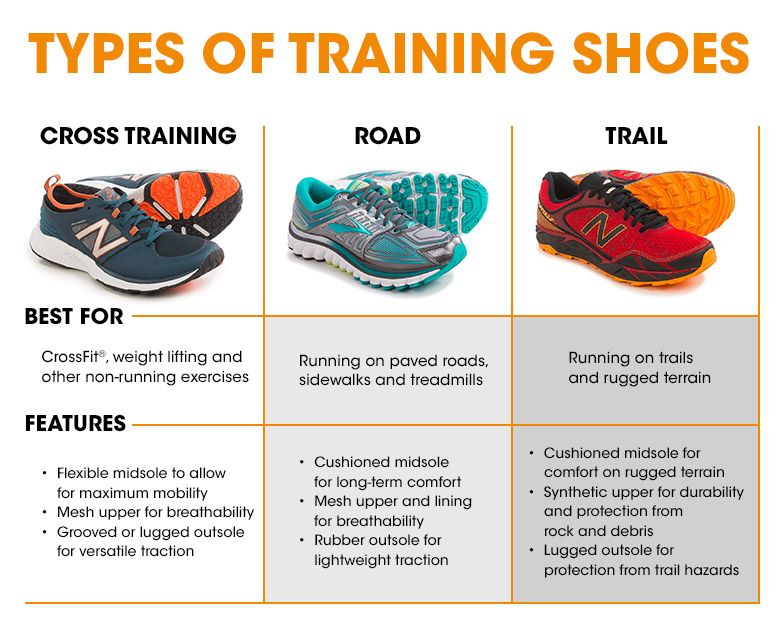
| Feature | Running Shoes | Training Shoes |
|---|---|---|
| Cushioning | High | Moderate |
| Flexibility | Highly flexible | Moderately flexible |
| Support | Vertical support | Lateral support |
| Weight | Lightweight | Heavier |
| Best for | Running, jogging | Cross-training, gym workouts |
| Price | Varies widely, typically $70-$150 | Varies widely, typically $60-$120 |
Choosing the Right Footwear for Your Needs
Determining whether to invest in running shoes or training shoes depends on your specific activities and preferences. Here are some tips to help you decide:
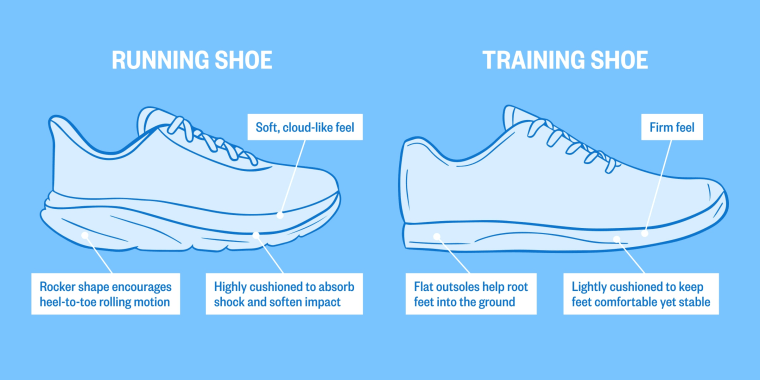
Assess Your Activities
Reflect on the primary types of exercises you engage in. If running is your primary focus, opt for running shoes. If you engage in various workouts, including weight training or HIIT, choose training shoes.
Consider Your Foot Type
Understanding your foot type (neutral, flat, or high-arched) can help guide your decision. Running shoes often feature specific support systems that can complement your foot biomechanics.

Test Them Out
Don’t hesitate to try on different pairs of shoes. Walk or jog in them to see how they feel. Many specialty running stores offer gait analysis to help you choose the right shoe.
Think About Your Goals
Are you aiming for a marathon, or do you want to enhance your overall fitness? Your goals can influence the type of shoe you require. Running shoes optimize performance for distance and speed, while training shoes provide all-around support.
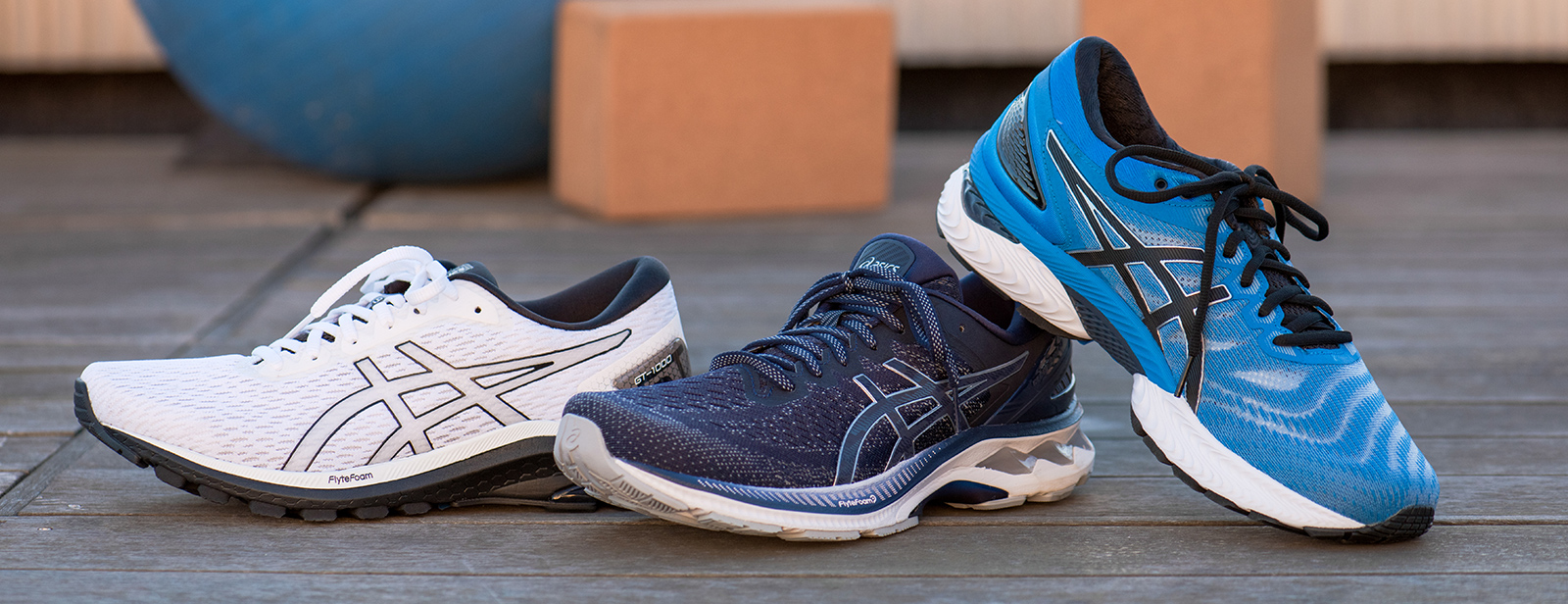
Popular Brands for Running and Training Shoes
The market is flooded with brands offering unique technologies and designs. Here’s a rundown of some popular brands:
Top Running Shoe Brands
- Nike: Known for its innovative designs and high-performance shoes.
- Adidas: Offers a range of running shoes with responsive cushioning.
- Brooks: Renowned for comfort and specialized running shoes.
- Asics: Provides excellent support and stability features.
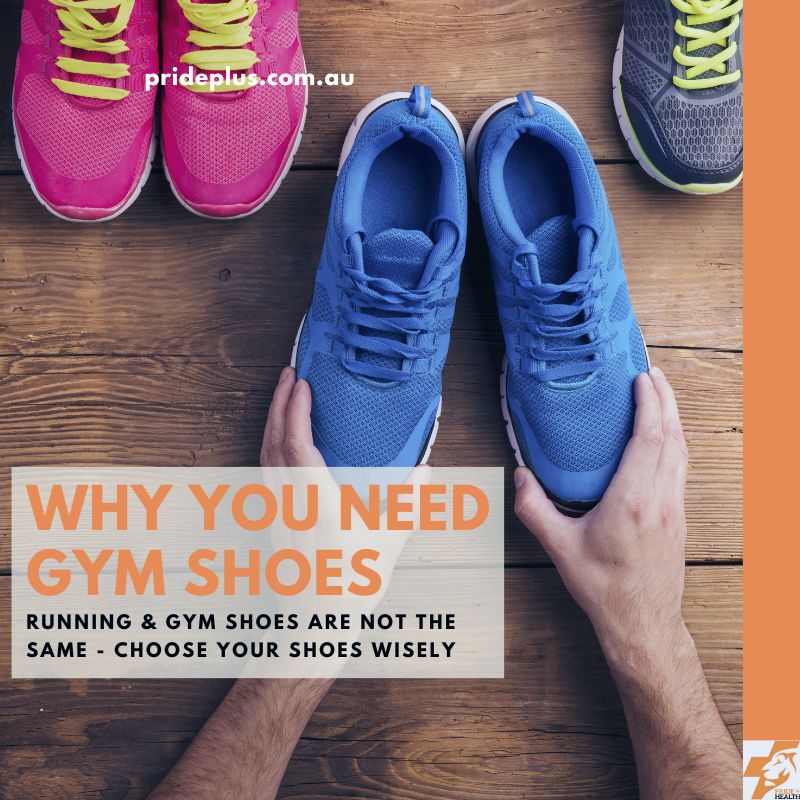
Top Training Shoe Brands
- Reebok: Offers versatile training shoes for various workouts.
- Nike: Also produces a solid line of training shoes.
- Under Armour: Focuses on stability and traction for multipurpose use.
- New Balance: Provides cushioning and support for a variety of training activities.
Pros and Cons of Running Shoes vs Training Shoes
Understanding the advantages and disadvantages of running shoes and training shoes can provide clarity when making your decision.

Pros of Running Shoes
- Designed specifically for running.
- Enhanced cushioning reduces impact stress on joints.
- Lightweight materials help with speed.
Cons of Running Shoes
- Less support for lateral movements.
- Not ideal for varied workouts.
- Can wear out faster if used for cross-training.
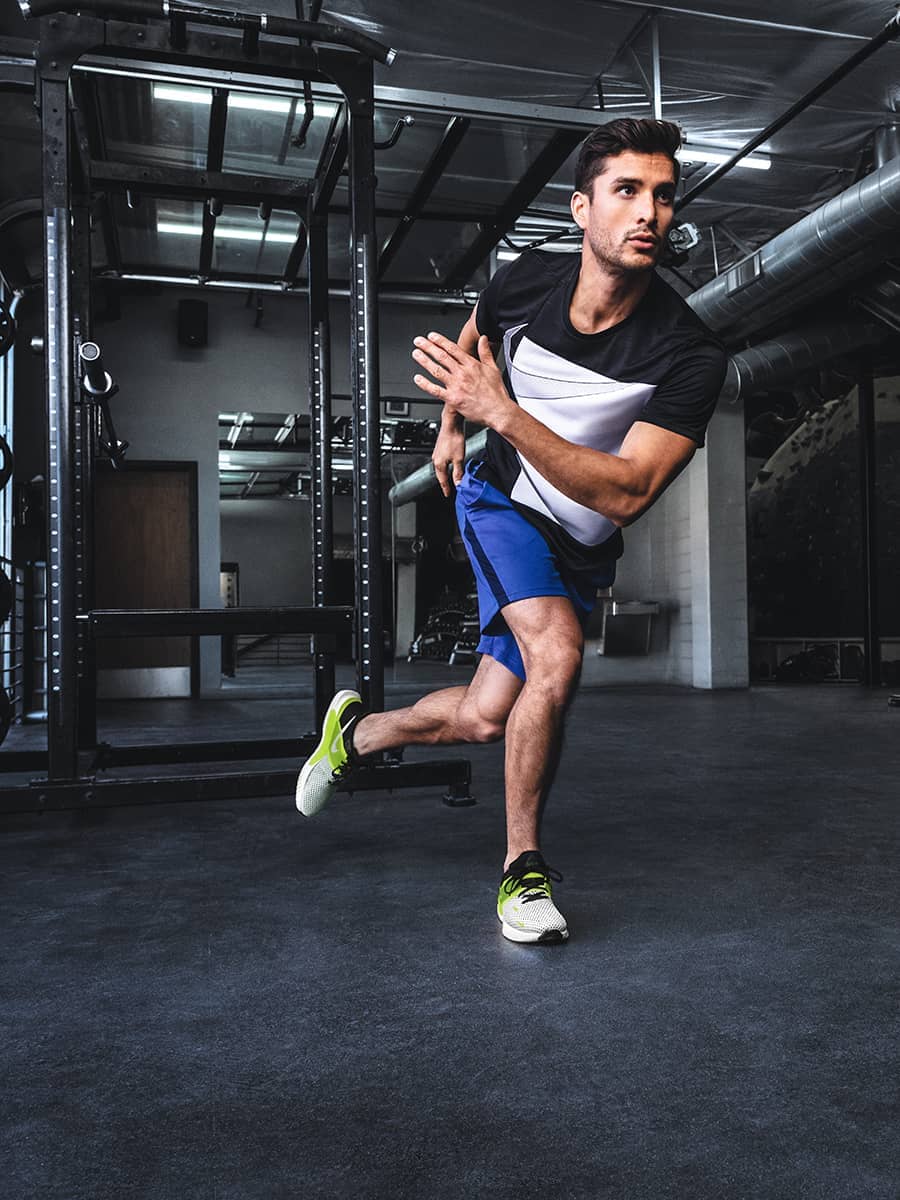
Pros of Training Shoes
- Support for various workout types.
- Built for durability across different surfaces.
- Better lateral support for side-to-side movements.
Cons of Training Shoes
- Less cushioning for long-distance running.
- Often heavier than running shoes.
- Can feel less comfortable for pure running activities.
Latest Technologies in Footwear
Innovation in running and training shoe technology continues to evolve. Here are some of the latest advancements:
3D Printing
Some brands are now experimenting with 3D printing technology to create bespoke shoes tailored to individual foot shapes, providing unparalleled fit and comfort.
Cushioning Technologies
Brands like Nike and Adidas have developed proprietary cushioning systems (e.g., ZoomX, BOOST) to enhance energy return and comfort.
Smart Shoes
With the advent of wearable technology, smart shoes that track metrics such as stride, distance, and mileage are becoming popular among serious runners.
Local Experiences: Running Communities in the USA
A significant aspect of running culture in the USA is the community that surrounds it. Cities like New York, Los Angeles, and Chicago host numerous running clubs that often have partnerships with local running shoe stores to offer specialized fittings and discounts.
Marathons and Events
Events like the New York City Marathon and the Chicago Half Marathon not only promote running as a fitness activity but also showcase various brands and technologies in running shoes.
Running Stores and Gait Analysis
Local running stores, such as Fleet Feet and The Running Company, provide personalized fitting services, including gait analysis, to help runners select the perfect shoe for their foot type and running style.
Frequently Asked Questions (FAQs)
1. Can I use running shoes for training?
While you can use running shoes for training, they may not provide the necessary support for lateral movements common in most training activities.
2. How often should I replace my running shoes?
Typically, running shoes should be replaced every 300-500 miles, depending on your weight, running style, and shoe type.
3. What kind of shoes should I wear for CrossFit?
CrossFit participants usually benefit from training shoes, as they provide the necessary stability and grip for diverse movements.
4. Are expensive shoes worth it?
Investing in high-quality running or training shoes can enhance performance and comfort, but it’s essential to find the right fit for you rather than just focusing on price.
5. How do I choose the right size for my running shoes?
Sizing can vary between brands, but generally, you should ensure there’s about a thumb’s width of space between your longest toe and the shoe’s end. Trying on shoes at the end of the day when your feet are slightly swollen can help achieve a better fit.
Conclusion
When it comes to choosing between running shoes and training shoes, understanding your activity needs, foot type, and workout requirements are essential. By considering the features, pros, and cons of both shoe types, you can make an informed decision that enhances your performance, comfort, and overall fitness experience. Remember, the right shoe can make a significant difference in your workouts and recreational activities.
Further Reading and References
For additional information and research on running shoes and training shoes, check the following resources: